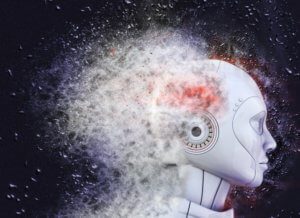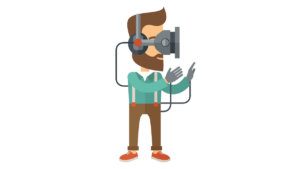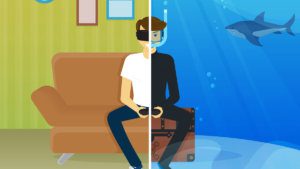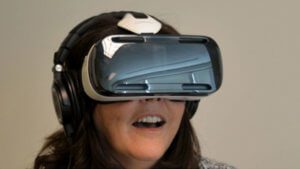Video

Cable Operators Harmonize Around HDR10 for High Dynamic Range Video
April 26, 2018
Cable ready to deploy both on-demand and live HDR services High dynamic range, or HDR, marks the latest in a series of enhancements to dramatically improve the quality of video delivered either live, or on demand, within the cable industry. And, with a proverbial sigh-of-relief, cable operators have recently harmonized around HDR10 as a starting […]

The Near Future of AI Media
December 7, 2017
CableLabs is developing artificial intelligence (AI) technologies that are helping pave the way to an emerging paradigm of media experiences. We’re identifying architecture and compute demands that will need to be handled in order to deliver these kinds of experiences, with no buffering, over the network. The Emerging AI Media Paradigm Aristotle ranks story as […]

W3C Recommendation: Plugin-Free Playback of Premium Content
October 17, 2017
The recent World Wide Consortium (W3C) Encrypted Media Extensions (EME) Recommendation describes the importance of browser-based content protection for a better user experience when viewing encrypted video on the web. The W3C Media and Entertainment Interest Group has been a key venue for worldwide definition of premium video content delivery requirements. According to W3C: “EME is […]

The Cost of Codecs: Royalty-Bearing Video Compression Standards and the Road that Lies Ahead
February 1, 2016
Since the dawn of digital video, royalty-bearing codecs have always been the gold standard for much of the distribution and consumption of our favorite TV shows, movies, and other personal and commercial content. Since the early 90’s, the Moving Picture Expert Group (MPEG) has defined the formats and technologies for video compression that allow all […]

Gadgets Galore in our Comfortable Living Room Lab
January 26, 2016
Someone once said, “Seeing is Believing.” At CableLabs, we believe that “Doing is Knowing.” With this in mind, we crafted a space in our Sunnyvale, CA facility that we call the Moveable Experience Lab (aka “MEL”). The MEL simulates a consumer living room. The space has been intentionally designed as a “safe place” to frame your […]

Active Story: How Virtual Reality is Changing Narratives
November 3, 2015
I love story, it’s why I got into filmmaking. I love the archetypal form of the written story, the many compositional techniques to achieve a visual story, and using layers of association to tell story with sound. But most of all, I love story because of its capacity to teach. Telling a story to teach […]

Who Will Win The Race For Virtual Reality Content?
October 1, 2015
This is the second of a series of posts on Virtual Reality technology by Steve and others at CableLabs. You can find the first post here. In the recent study we performed at CableLabs, we asked what would stop people from buying a virtual reality headset. High on the list of items was availability of […]

Is Virtual Reality the Next Big Thing?
September 8, 2015
In the Advanced Technology Group at CableLabs I get to play with all the best toys, trying to work out what is a challenge or an opportunity, and what is a flop waiting to be unwrapped. 3D is a great case study. I first got to work with 3D TV in 1995 (in a prior […]

Content Creation Demystified: Open Source to the Rescue
June 9, 2015
There are four main concepts involved in securing premium audio/visual content: Authentication Authorization Encryption Digital Rights Management (DRM) Authentication is the act of verifying the identity of the individual requesting playback (e.g. username/password). Authorization involves ensuring that individual’s right to view that content (e.g. subscription, rental). Encryption is the scrambling of audio/video samples; decryption keys […]

Web Media Playback: Solved with dash.js
June 2, 2015
(Disclaimer: the author is a regular contributor to the dash.js project) A crucial piece of any standards development process is the creation of a reference implementation to validate the feasibility of the many requirements set forth within the standard. After all, it makes no sense to create a standard if it is impossible to create […]